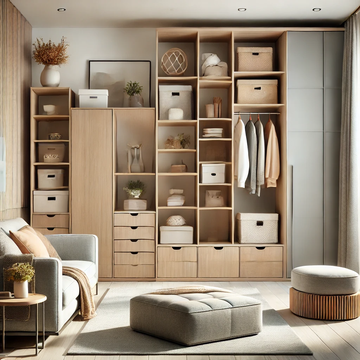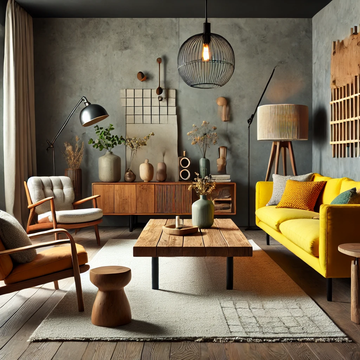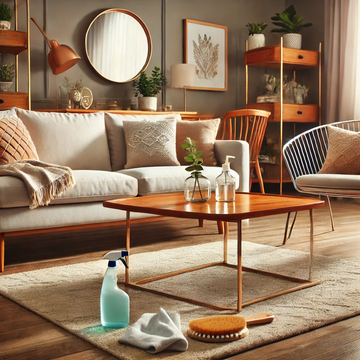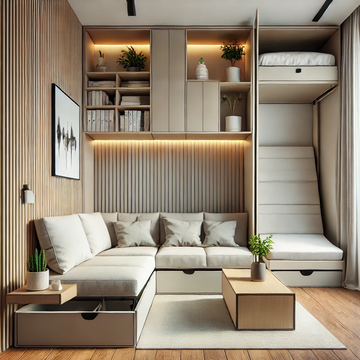Introduction
Let’s face it: good lighting can make or break a photo. Think about the last time you saw a photo that made you go, “Wow!” Chances are, the lighting was a huge part of why it caught your eye. Getting your lighting right isn’t just for professionals; it’s something anyone can learn to do. In this guide, we’re diving into the essentials of photography lighting, from natural to artificial, and everything in between. Ready to light up your photography game?
Understanding Light in Photography
So, why is light such a big deal in photography? Light shapes everything in your photo—it can set the mood, highlight textures, and create depth. Ever tried taking a picture on a cloudy day compared to a sunny one? The difference is like night and day! Natural light, like the sun, is fantastic for creating those vibrant and authentic shots, but sometimes, you need a little extra help from artificial light.
Types of Lighting
-
Natural Light
Natural light is your go-to when you’re shooting outdoors or near windows. It’s free and, when used well, it’s often the most flattering. The golden hours—early morning and late afternoon—are prime times for beautiful, soft light. Remember that high noon can be harsh, creating strong shadows and overexposed spots. If you’ve ever wondered why sunsets look so magical, it’s because the light is warmer and softer, casting a lovely glow over everything. -
Artificial Light
Artificial light is perfect for when natural light isn’t available or isn’t giving you the look you want. From flashes to studio lights and LEDs, these tools let you control how your subject is lit. Think of artificial light as your backup plan; it’s especially handy for indoor shoots or when you need to create specific effects.
Lighting Techniques
-
Front Lighting
Ever taken a selfie with the sun directly behind you? You probably noticed it made you look flat and uninteresting. Front lighting can sometimes give your photos a similar effect. It’s great for evenly lighting your subject, but it can also flatten details. Use it wisely and mix it up with other techniques to keep things dynamic. -
Side Lighting
Side lighting is like the magic ingredient for adding texture and depth to your photos. It’s perfect for bringing out the details in a subject, whether you’re photographing a face or a textured surface. Side lighting creates interesting shadows and highlights that make your images pop. -
Back Lighting
If you want to create striking silhouettes or dramatic effects, back lighting is your friend. It involves placing the light source behind your subject, so it’s shining towards the camera. This can produce beautiful rim lighting and highlight the shape of your subject, but be prepared to adjust your camera settings to manage exposure and contrast. -
Diffused Lighting
Direct light can be harsh and unflattering. That’s where diffused lighting comes in. By using diffusers or softboxes, you can spread the light more evenly and reduce harsh shadows. It’s fantastic for portrait photography, making skin look smooth and soft. -
Hard vs. Soft Light
Hard light creates strong shadows and high contrast, while soft light is more gentle and even. Hard light can be great for dramatic effects, but if you’re after a more natural look, soft light is often the way to go. Experiment with both to see which best suits your style.
Using Reflectors and Modifiers
Reflectors are like your lighting sidekicks—they bounce light back onto your subject, filling in shadows and creating a more balanced look. They’re especially handy when working with natural light. Light modifiers, like softboxes or umbrellas, can also help you control the quality of light, making it softer and more flattering.
Creating a Lighting Setup
For beginners, setting up your lighting can seem like a puzzle, but it doesn’t have to be complicated. Start with a basic setup: a key light (your main light source), a fill light to soften shadows, and maybe a backlight to add some depth. Adjust these based on your subject and the mood you want to create. Practice makes perfect, so don’t be afraid to experiment with different setups until you find what works best for you.
Troubleshooting Common Lighting Issues
Not every lighting situation will go smoothly. If you’re battling harsh shadows, try using a diffuser or moving your light source around. Mixed lighting conditions can be tricky too. Use your camera’s white balance settings to help balance out different light sources and keep your colours looking natural.
Practical Tips for Better Lighting
-
Experiment with Light
Don’t be afraid to play around with different lighting setups. The more you experiment, the better you’ll understand how light affects your photos. -
Adjust Camera Settings
Your camera settings are crucial in complementing your lighting. Adjust your ISO, aperture, and shutter speed to work with your light source and achieve the best exposure.
Ready to Get Started?
There you have it—a guide to mastering photography lighting. Whether you’re using natural sunlight or experimenting with artificial lights, remember that practice and experimentation are key. So, grab your camera, set up your lights, and start shooting. Your next stunning photo is just a well-lit shot away!




